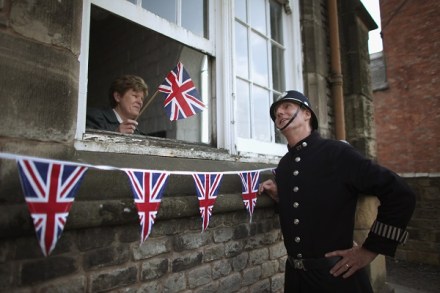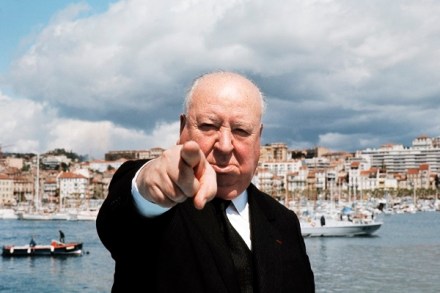The Childhood of Jesus’, by J.M. Coetzee – review
Stripping down prose is not a risk-free undertaking. The excision of adverbs and the passive voice is sound practice in journalism. However, to make very bare writing a thing of beauty in fiction requires enormous skill. Hemingway’s short stories — those clean, well-lighted places — manage it. Despite its author’s fellow possession of a Nobel prize, J.M. Coetzee’s new novel does not. In The Childhood of Jesus the South African eschews the baroque only to tend to the banal. Davíd and Simón arrive by boat in an unmanned Hispanophone country. They come to the city of Novilla, where a bureaucracy serves the needs of newcomers. Davíd is about five. Simón,












